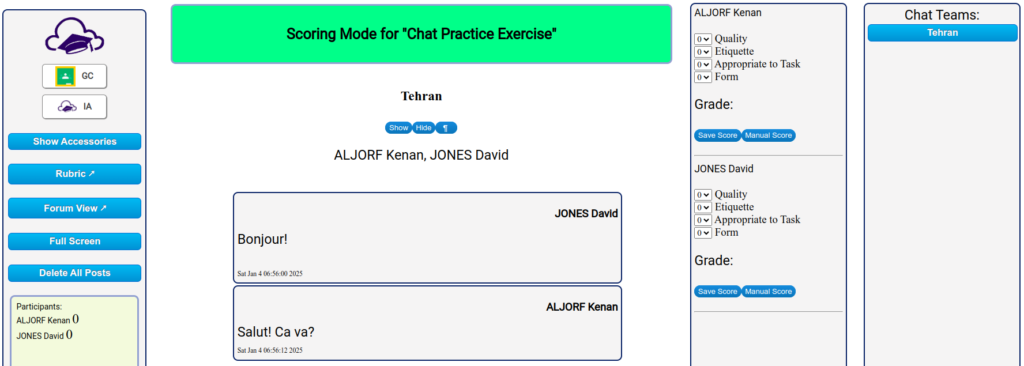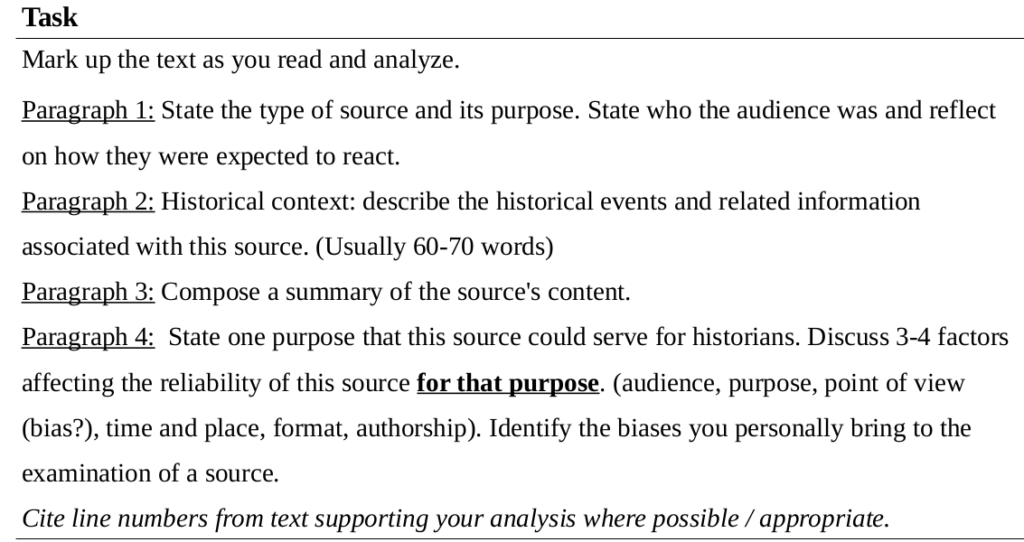Effective Date: 7 January 2025
Registration
Account Registration: To make purchases, you must register for an account on the Innovation platform. Your account information will be used to manage your purchases and provide access to downloadable content.
Purchasing and Downloading
Copy to Question Banks: Upon completing your purchase, a copy of the purchased materials will be added to your personal test question bank within the Innovation platform. You will have full control over your copy, including the ability to edit or delete it.
Access in Dashboard: Purchased materials will also appear in the “Imports and Purchases” section of your account dashboard for future reference.
Ownership and Usage Rights
Ownership of Copies: Once added to your test question bank, the materials are yours to use, edit, and manage as needed for personal or educational purposes. However, the original content and intellectual property rights remain the exclusive property of Innovation Assessments LLC.
Restrictions: Redistribution, resale, or sharing of the original or modified materials outside the Innovation platform is strictly prohibited.
Content Updates
Updates and Changes: Updates to the original content may be released by Innovation Assessments LLC. However, these updates will not automatically apply to copies already in your question bank. You will retain full control over your personalized copies.
Limited-Time Download Availability
Temporary Download Links: If applicable, download links for materials will remain active for [e.g., 7 days] after purchase. Be sure to save your materials promptly. Extensions may be granted at the discretion of Innovation administrators.
Refund Policy
No Refunds: All sales are final. Due to the nature of digital products, refunds or exchanges are not offered once a purchase is completed and the content has been added to your account.
Platform-Specific Use
Exclusive Platform Use: Purchased materials are designed exclusively for use within the Innovation platform. Compatibility with third-party platforms is not guaranteed.
Technical and Account Responsibilities
Account Security: You are responsible for maintaining the confidentiality of your account credentials. Innovation Assessments LLC is not liable for unauthorized account access.
Technical Requirements: Ensure your system meets the requirements for accessing and managing content on the Innovation platform.
Disclaimers
Content Quality: While we strive for high-quality, accurate materials, we do not guarantee they will meet all individual user expectations.
Modifications: Users are encouraged to customize their copies of the materials, but Innovation Assessments LLC is not responsible for the quality or functionality of modified content.
Embedded Content from Third Parties
Third-Party Content: Some learning tasks may include embedded content, such as videos, provided by third-party platforms (e.g., video streaming services). Innovation does not control or guarantee access to these resources. What you are purchasing is the associated questions, learning tasks, and the tools provided by Innovation to integrate with and utilize such third-party content. Continued access to third-party content is subject to the terms and availability of the third-party provider.
Changes to Terms
Modification of Terms: We reserve the right to update these terms and conditions at any time. Changes will be effective immediately upon posting.
By completing a purchase, you agree to these terms and conditions. If you have questions or need assistance, contact our support team.















